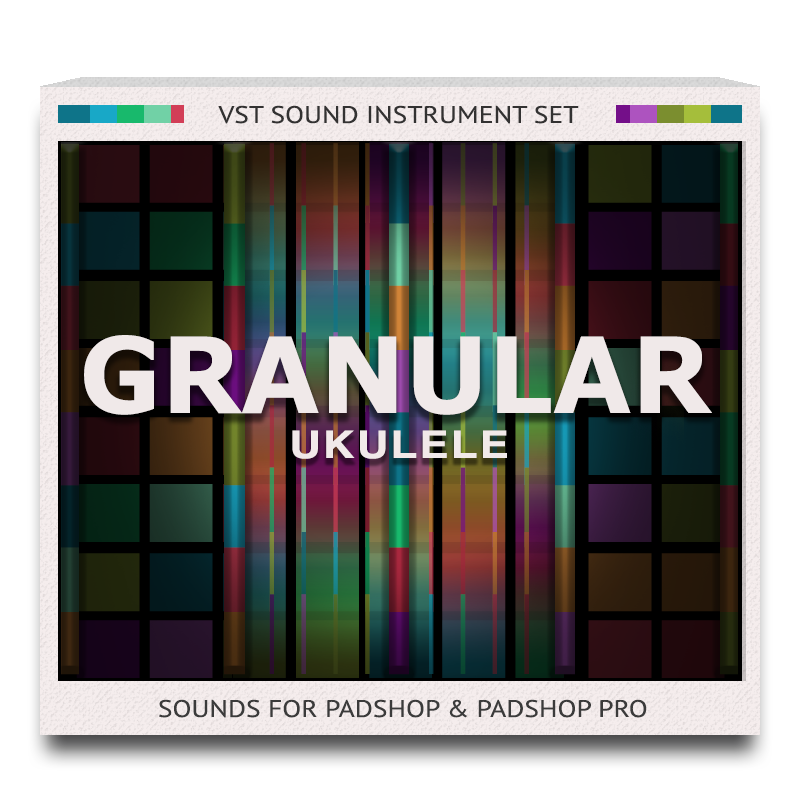Link: password: qw7sGoogle Drive:https://drive.google.com/file/d/1qx71xnartFAHbubf9Tv2vsiPCMTM-7J/view?usp=sharing. Buy Guzheng Musical Instruments from the World's Largest Chinese Instruments Store. Chinese Zither Harp Guzheng On Sale for Practice and Concert Performing. Professional Guzheng with Full Set of Free Accessories. Sandalwood Guzheng, Nanmu Guzheng and Paulownia Wood Guzheng Available. Free Worldwide Shipping.
SonicCouture Guzheng is a traditional Chinese instrument dating from the Qin Dynasty (c. 200 BC to all of us). He is the ancestor of Japanese koto, as well as several other zither-like instruments from East Asia. Modern Guzheng typically has 21 strings on drawbridges, as well as steel or nylon strings, although silk was used in ancient instruments.
Usually, the notes are plucked with the right hand by the player wearing the flagships from the tortoise’s shell. Sometimes virtuoso performers use fingers on both hands. Other game techniques include tremolo, harmonics and wide glissandos.
The Guzheng instrument page has 3 articulation switches, envelope and filter controls for generating sound, as well as Pitch Bend, Tremolo, Strum modules.
Guzheng has a number of custom processors to recreate Guzheng’s technique and smooth expression.
- Both plugins are free to download for Windows, macOS, and Linux, in VST/VST3, AU and AAX formats. Click Here SampleScience releases free Nu Guzheng plugin instrument for.
- ChineeGuZheng II Rippling and Dreamy Guzheng, as one of the most representative Chinese instruments, first appeared around the Warring States period (475 - 221 BC), then became extremely popular during the Tang Dynasty (618 - 907 AD) and spread to all neighboring areas ever since (e.g., Guzheng is the forefather of Japanese Koto). Guzheng was originally a rather simple instrument with only.
- French developer Lostin70’s released HANON B70, a free VST plugin emulating the famous Hammond B3 electric organ and the Leslie 122 rotating speaker cabinet. HANON B70 emulates 91 tonewheels from the original tonewheel organ instrument. These simulated tonewheels run continuously while maintaining a low CPU cost. The detailed emulation enables natural-sounding key clicks and relativelyRead More.
SampleScience offers Nu Guzheng, a FREE virtual guzheng instrument for macOS and Windows.
Nu Guzheng is available in 64-bit AU and VST formats for macOS El Capitan to Mojave and Windows 8.1/10. I have mixed feelings about this one because I’ve been foiled again by macOS Catalina. For now, I’ll have to rely on those of you who download Nu Guzheng to share your thoughts.
On the upside, it gave me an excuse to listen to some Guzheng performances on YouTube.
The Guzheng is a Chinese plucked zither, typically with 21 strings. It differs from other ancient Chinese zithers like the guqin because it has a bridge. The first 21 string Guzheng was crafted in 1961; until then, a traditional Guzheng had 12 or 18 strings.
Despite my appreciation for Chinese tradition, I must confess I did listen to Guzheng covers of Sweet Child O’ Mine, Adele’s Rolling in the Deep, and Camila Cabello’s Havana.
The Guzheng samples come from a traditional Chinese zither recorded in high-quality 32-bit, 44.1kHz audio. The GUI is identical to that of Rusty Piano, another Sample Science instrument that we covered recently. It looks good, and more importantly, it’s easy to use.
The multi-LFO is set and controlled via the central drop-down menus and depth/rate controls to the left. There are drop-down menus for LFO wave, target, and source. I like the LFO source options and said the same with Rusty Piano; the difference between setting the source to a mod wheel, aftertouch, or velocity will change how you play. The slightest difference in expression can make a big difference to your sound.
Also in the central menu panel are filter type, voice mode, and velocity curve selectors. There are two filter types, HP and LP, with controls to the left.
The 3 voice modes are polyphonic, monophonic, and legato. As the Guzheng can be a very delicate instrument, playing with the velocity curve options might help get the best out of it.
To the right of the drop-down menus are controls for pan, volume, reverb, and cutoff. Near the bottom of the GUI are ADSR, preamp, and glide controls.
I like how Sample Science put these instruments together. Even though I haven’t been able to play Nu Guzheng, I’ll definitely grab it if/when it becomes compatible with Catalina upwards, and not just so I can play Sweet Child O’ Mine: or is it?
Download:Nu Guzheng
Guzheng Vst Free

Guzheng Vst Free Download
More articles: